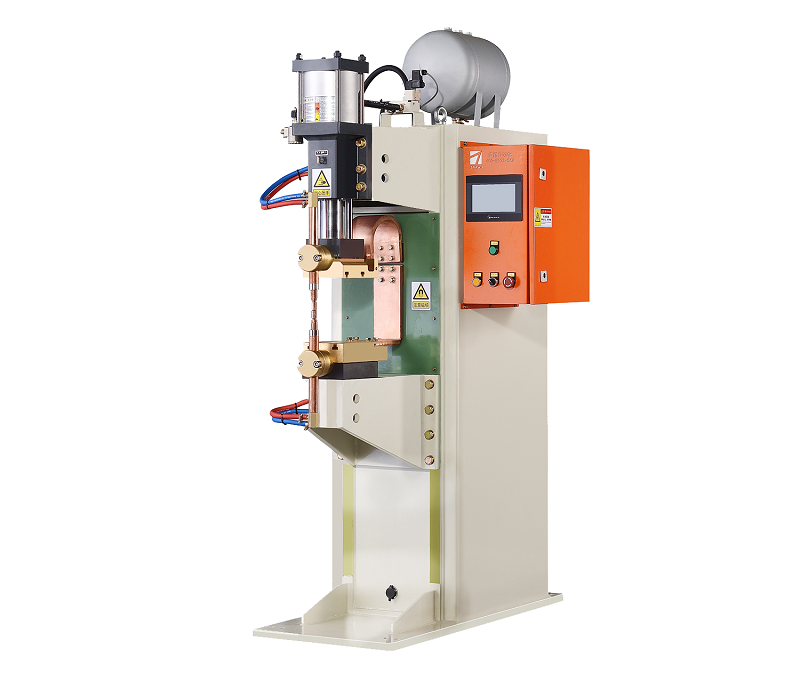Factors Affecting Contact Resistance in Medium Frequency Spot Welding Machines?
Medium frequency spot welding machines play a crucial role in various industries by facilitating efficient and precise spot welding processes. One significant parameter that can impact the performance of these machines is contact resistance. Contact resistance refers to the opposition to the flow of electric current at the interface between the welding electrodes and the workpieces. Understanding the factors that influence contact resistance is essential for optimizing the welding process and ensuring high-quality welds.

Several factors contribute to the variation in contact resistance during medium frequency spot welding:
- Material Properties: The conductivity and surface condition of the materials being welded greatly influence contact resistance. Materials with high electrical conductivity and clean surfaces tend to exhibit lower contact resistance. Conversely, materials with poor conductivity or surfaces covered with oxides, rust, or contaminants can lead to higher resistance levels.
- Electrode Material and Design: The choice of electrode material and design plays a critical role in determining contact resistance. High-quality electrodes with good conductivity and proper surface finish can help minimize resistance. Additionally, the shape and geometry of the electrodes affect their ability to establish and maintain proper contact with the workpieces.
- Pressure and Force: Proper electrode pressure and force are essential to ensure intimate contact between the electrodes and the workpieces. Insufficient pressure can result in increased contact resistance due to inadequate current flow across the interface. Maintaining optimal pressure helps to reduce resistance and achieve consistent weld quality.
- Surface Preparation: Adequate surface preparation, including cleaning and degreasing, is crucial to removing contaminants that could hinder proper electrical contact. Even a thin layer of oxidation or dirt can significantly elevate contact resistance.
- Welding Time and Current: The duration and magnitude of the welding current affect the heat generated during the welding process. Excessive current or prolonged welding time can lead to localized overheating, potentially altering the material properties and increasing contact resistance.
- Temperature: Elevated temperatures at the welding interface can alter the conductivity of the materials and increase contact resistance. Monitoring and controlling the temperature during the welding process are essential for maintaining consistent contact resistance levels.
- Electrode Wear: Over time, electrodes can experience wear and deformation, leading to reduced contact area and increased resistance. Regular electrode maintenance and replacement are necessary to mitigate this effect.
contact resistance significantly influences the performance of medium frequency spot welding machines. Achieving low and consistent contact resistance is essential for producing high-quality welds with minimal energy loss. Manufacturers and operators must consider various factors, including material properties, electrode design, pressure, surface preparation, welding parameters, temperature, and electrode maintenance, to optimize the welding process and ensure reliable and efficient operations.